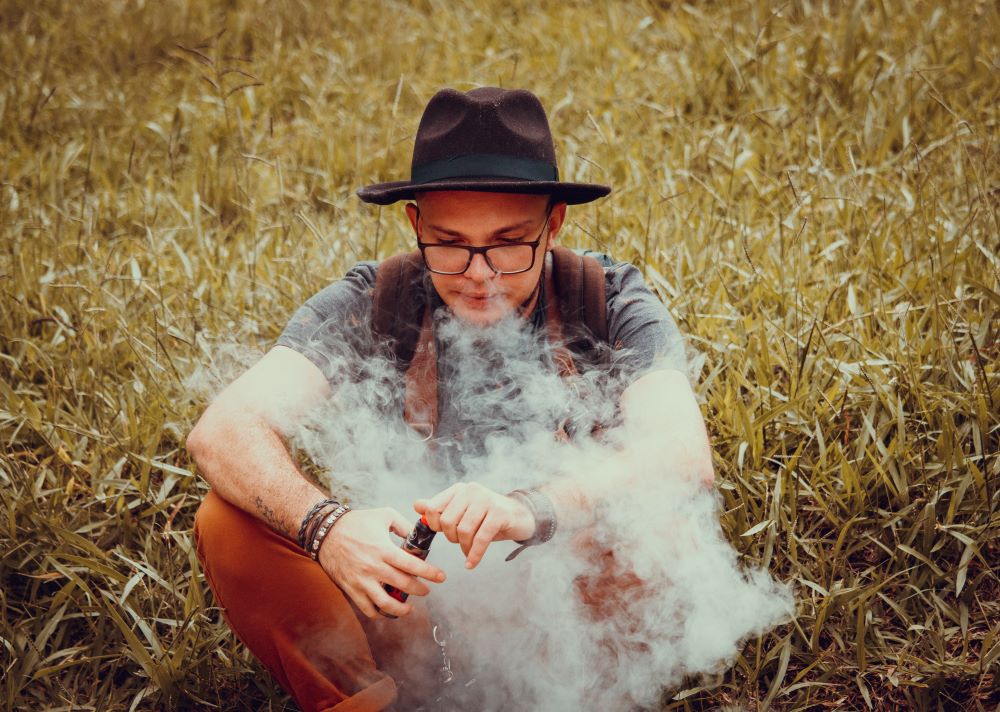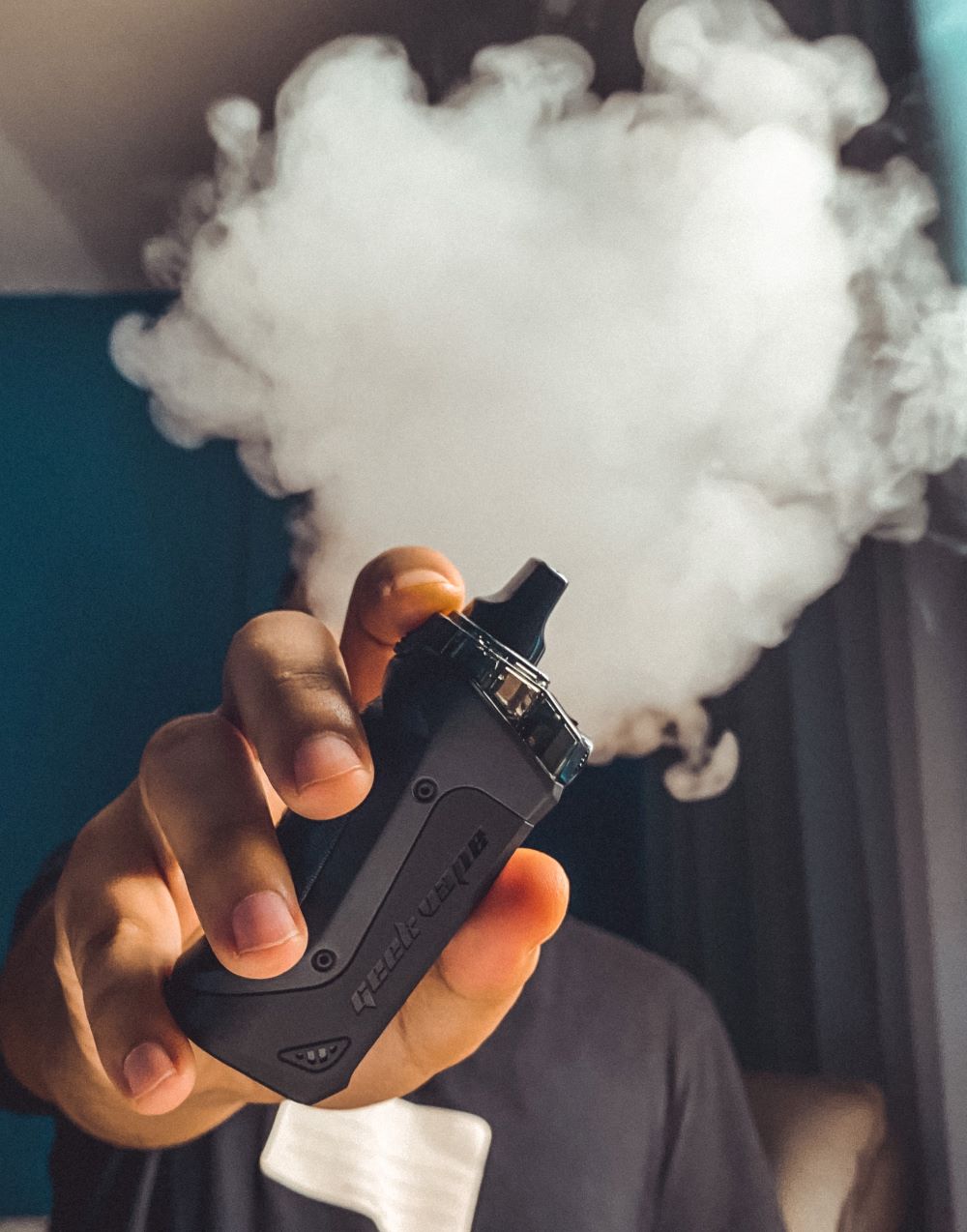Despite being illegal, adolescents are still getting their hands on vape products.
Vaping became a fast sensation only a handful of years ago and has become a major concern, particularly among teenagers and young adults. The market for disposable vape products has evolved significantly, now including the availability of flavored and now illegal vapes that are popular among the youth. Federal and state legislation has been enacted to combat the rise in dangerous vaping products and accessories, but the rapid growth and complexity of the industry make it challenging to enforce regulations effectively. As concerned parents and authorities struggle to combat the issue, the appeal and allure of vaping continue to attract young users.
The rapid growth of the e-cigarette industry has alarmed the Food and Drug Administration (FDA). In a 2020 press release, the agency stated, “The United States has never seen an epidemic of substance use arise as quickly as our current epidemic of youth use of e-cigarettes…We will not stand idly by as this crisis among America’s youth grows and evolves, and we will continue monitoring the situation and take further actions as necessary.”
Vaping involves inhaling aerosol, commonly referred to as vapor, produced by an electronic cigarette or vape device. These devices heat a liquid that usually contains nicotine, flavorings, and other chemicals. When the liquid is heated, it turns into aerosol, which the user inhales into their lungs.

Initially introduced as a smoking cessation tool, e-cigarettes were targeted at adult smokers seeking a less harmful alternative to traditional cigarettes. However, the emergence of flavored e-liquids and sleek, discreet devices have made disposable vape appealing to a younger audience. The market has witnessed a 46% increase in brands, with each brand offering numerous products, making it difficult for regulators to keep up with the ever-changing landscape.
Vapes come in two main categories: disposable and non-disposable (reusable) devices. Disposable vapes are pre-filled, single-use devices that do not require refilling or recharging. They are often cheaper and more convenient but contribute significantly to environmental waste. Non-disposable vapes, on the other hand, allow users to refill the e-liquid and recharge the device, making them more cost-effective in the long run.
The FDA began its crackdown on vaping in 2020 by requiring e-cigarette manufacturers to seek regulatory approval before selling their products. As a result, only 23 specific e-cigarette products, all tobacco-flavored and targeted at adult smokers, have received authorization.
However, the explosive growth of unapproved products, particularly disposable and flavored vapes, has raised concerns about the enforcement of existing regulations. The sheer complexity of the industry makes it difficult for regulators to police and prevent brands from evading regulation, allowing illegal products to remain widely available.
States have also taken various approaches to address the issue of vaping among youth. New Jersey, for example, has banned the sale of flavored vapes and disposable devices under state law. Despite these efforts, the illegal sale of these products persists in certain areas. Enforcement of bans has also been found to have unintended negative consequences. A study conducted by the Yale School of Public Health showed that following a 2018 ballot measure to ban the sale of flavored tobacco products in San Francisco, found that high school students’ odds of smoking conventional cigarettes doubled.
One of the key reasons why underage users are attracted to disposable vape pens is the availability of sweet-flavored and fruity e-liquids. These flavors mask the harsh taste of nicotine, making it easier for young users to develop a vaping habit. Moreover, the discreet and easy-to-conceal design of many vape devices allows teenagers to vape without drawing much attention, and the products are, for the most part, readily available.
As with many other substances with addictive qualities, strict federal regulations are devised to limit access and provide for safer use. However, these regulations do not always result in expected outcomes. A paper published by Tobacco Control, the FDA’s flavor enforcement policy was found to cause four key behavior changes including switching to other flavored products, switching to menthol-flavored pod systems, switching to combustible tobacco products, and switching to tobacco-flavored pod systems. Only about 5% of study participants quit e-cigarette use.
The rapid growth of the vaping market and the availability of illegal flavored vapes present significant challenges for regulators and concerned parents. To combat the rise, comprehensive and coordinated efforts are necessary, including education and awareness campaigns, stricter local inspection of retailers, and continued crackdown on illegal products.
Sources:
Ban on flavored vaping may have led teens to cigarettes, study sugge
Impact of the FDA flavour enforcement policy on flavoured electronic cigarette use behaviour changes


Join the conversation!